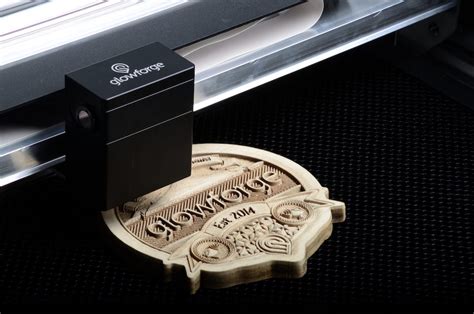Intel RealSense Technology tv commercials
TV spots
TV commercials Intel RealSense Technology


Advertisers
Advertisers of commercials featuring Intel RealSense Technology
Intel
IntroductionIntel Corporation is an American-based technology company that manufactures and designs a range of computer hardware components. Some of the products it has been known for manufacturing in...
Actors
Actors who starred in Intel RealSense Technology commercials
Agenices
Agencies worked with Intel RealSense Technology
Carat
mcgarrybowen
Vitro
What is Intel RealSense Technology?

Introduction to Intel RealSense Technology
Intel RealSense Technology is an advanced depth sensing technology developed by Intel Corporation. It enables devices to perceive and understand the world in three dimensions, allowing for more immersive and interactive experiences. RealSense cameras utilize a combination of depth sensors, cameras, and software algorithms to capture and interpret depth information, enabling a wide range of applications in various industries.
Key Features and Capabilities
1. Depth Sensing: Intel RealSense cameras can accurately measure the distance to objects in the camera's field of view, generating a depth map that represents the 3D structure of the scene. This information can be used for various purposes, such as object recognition, gesture tracking, and 3D scanning.
2. RGB Imaging: In addition to depth sensing, RealSense cameras also capture traditional RGB (red, green, blue) images, allowing for the combination of color information with depth data. This enables richer visual representation and analysis of the captured scenes.
3. Indoor and Outdoor Capabilities: The Intel RealSense D400 family of cameras is designed to work in a wide range of lighting conditions , both indoors and outdoors. This versatility makes them suitable for various applications, including augmented reality, robotics, and autonomous navigation.
4. Multiple Camera Support: RealSense cameras can be used individually or combined together in multi-camera setups to provide a broader field of view and more accurate depth perception. This is particularly beneficial for applications that require larger coverage or precise 3D reconstruction.
5. Calibration Tools: Intel provides calibration tools that assist users in optimizing the performance of RealSense cameras. These tools enable users to calibrate various parameters, such as intrinsics, extrinsics, and depth alignment, to improve the accuracy and reliability of the captured data.
Applications of Intel RealSense Technology
1. Augmented Reality (AR) and Virtual Reality (VR): RealSense cameras can be used in AR and VR applications to accurately track motion, recognize objects, and create realistic virtual environments. This technology enables more immersive experiences and precise interaction between the virtual and real worlds.
2. Robotics and Autonomous Systems: Intel RealSense Technology is widely adopted in robotics and autonomous systems for perception tasks, such as obstacle avoidance, object recognition, and scene understanding. Real-time depth sensing and RGB imaging enable robots to navigate safely and interact with their environment more effectively.
3. 3D Scanning and Reconstruction: With its depth sensing capabilities, RealSense cameras are suitable for capturing 3D models of objects, environments,



















